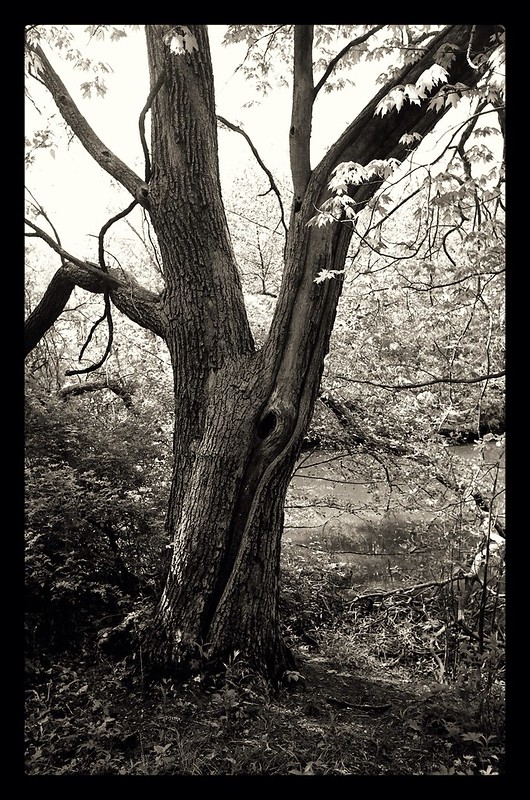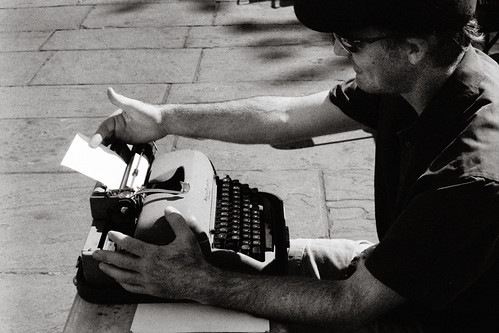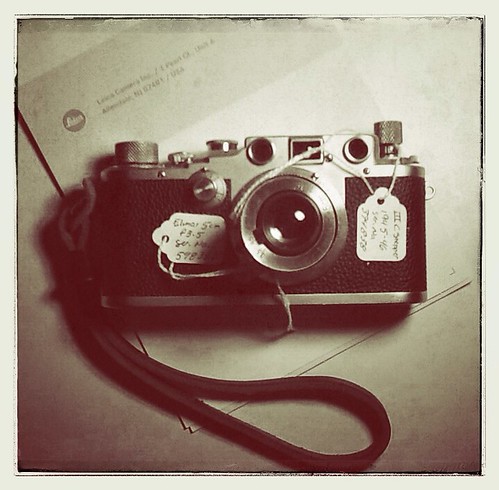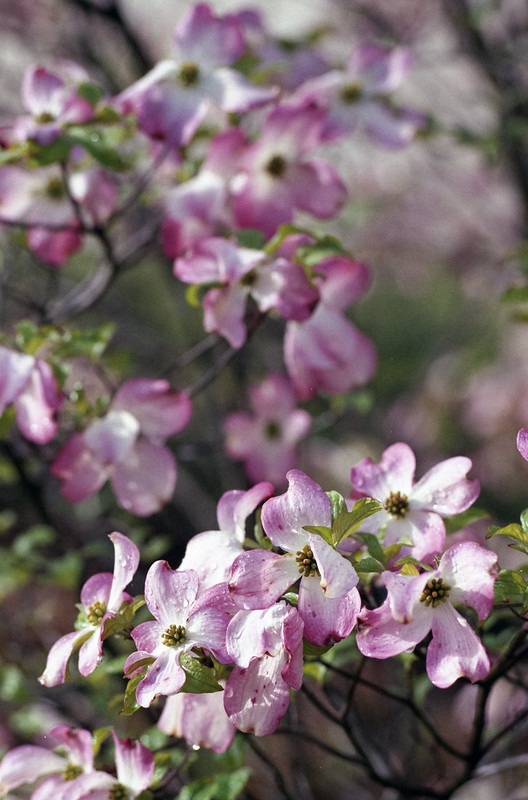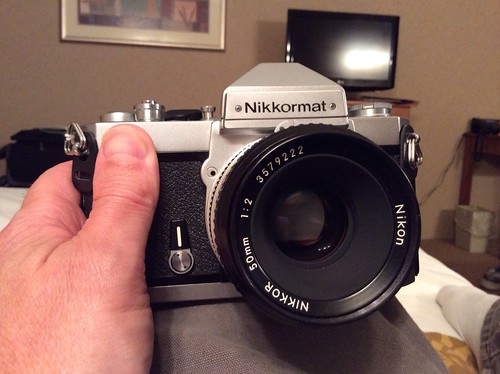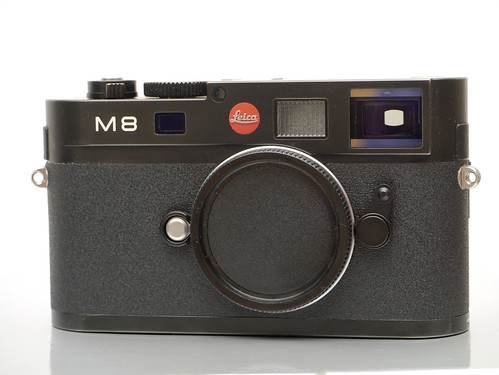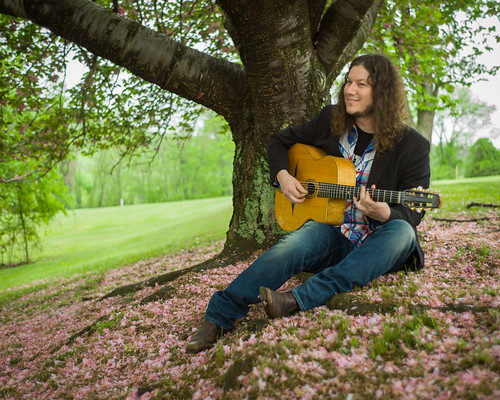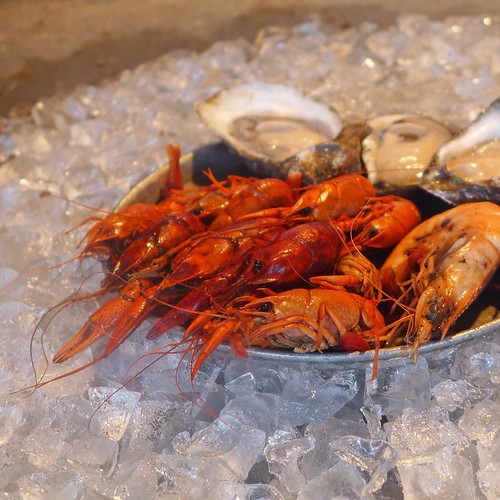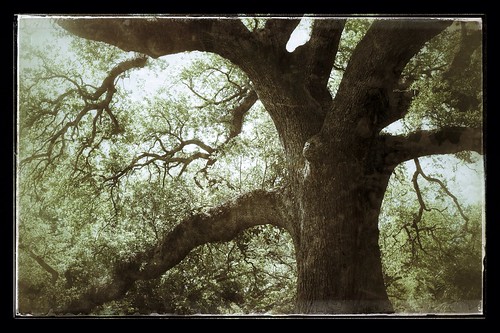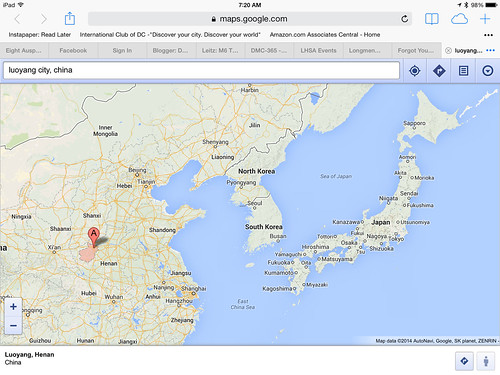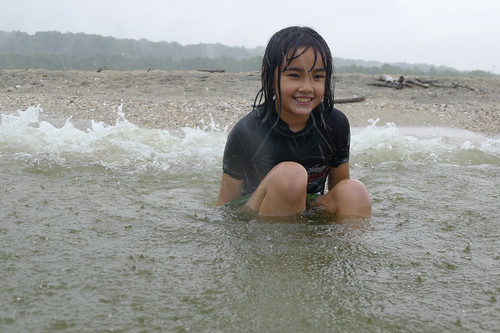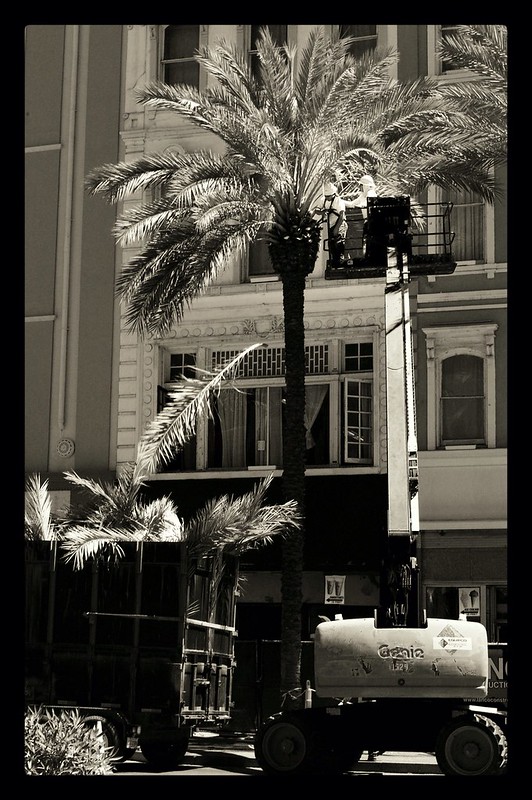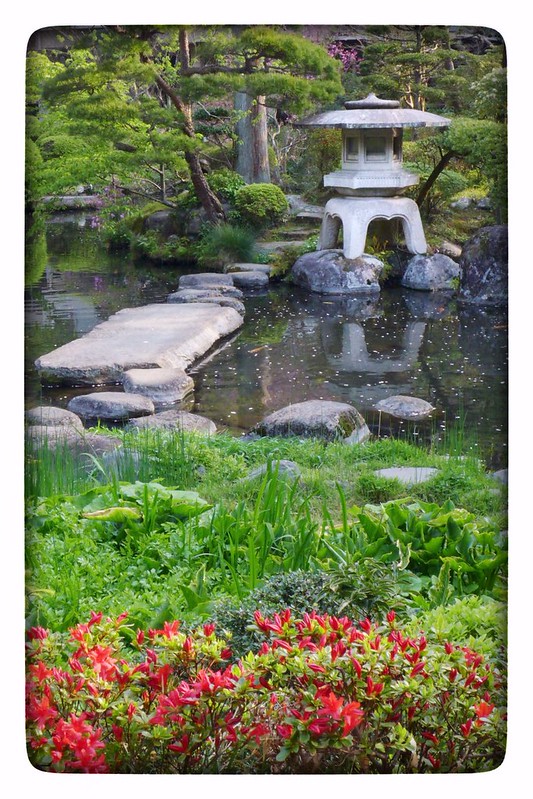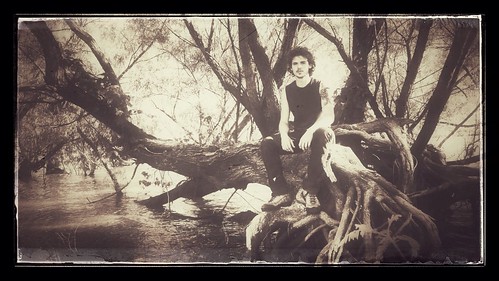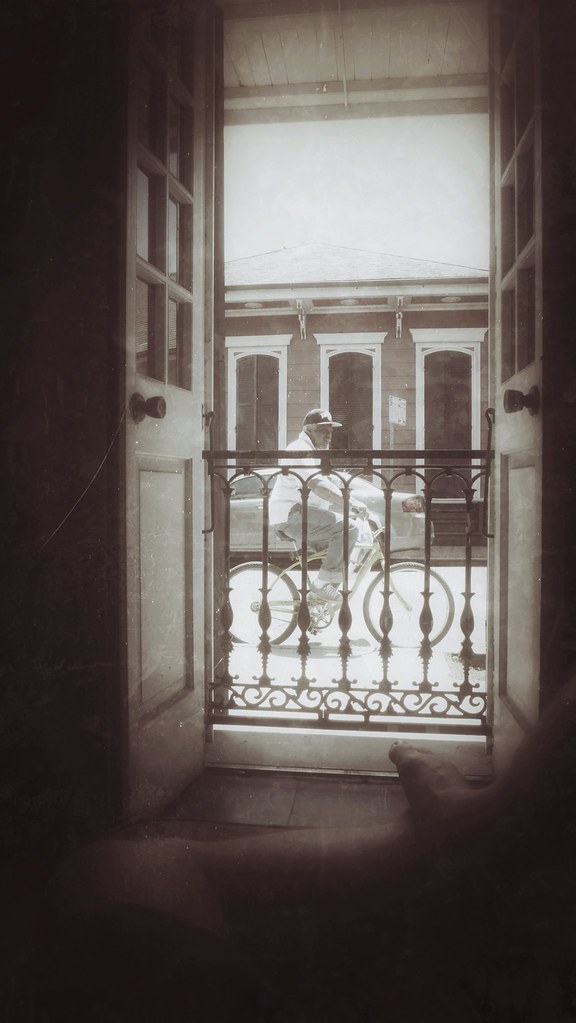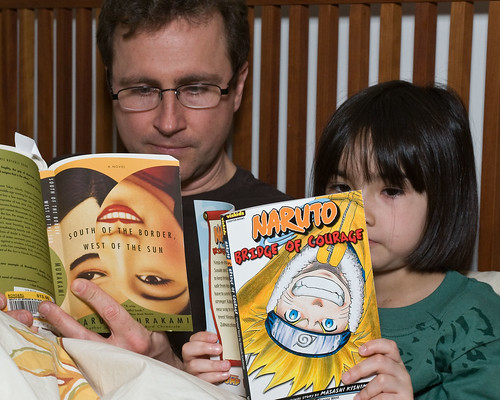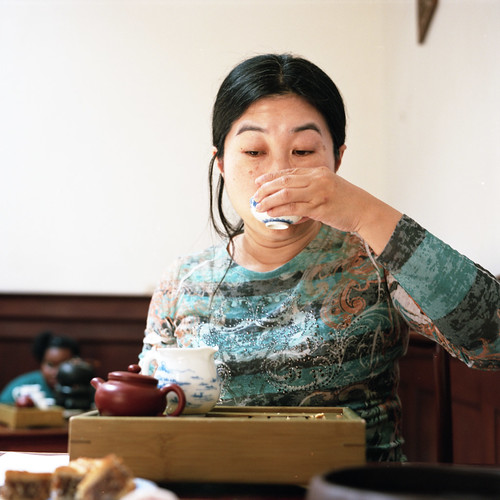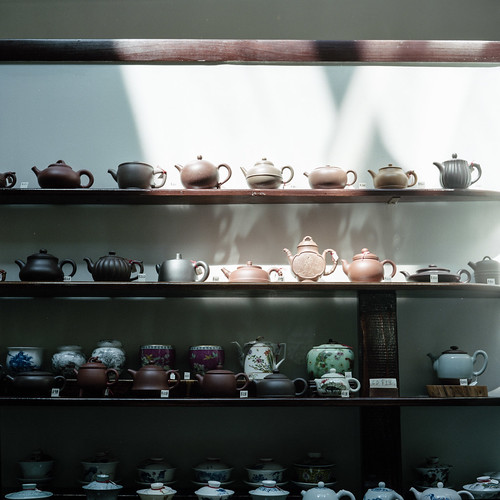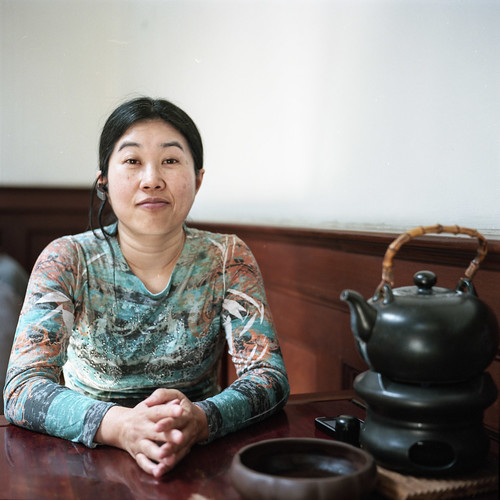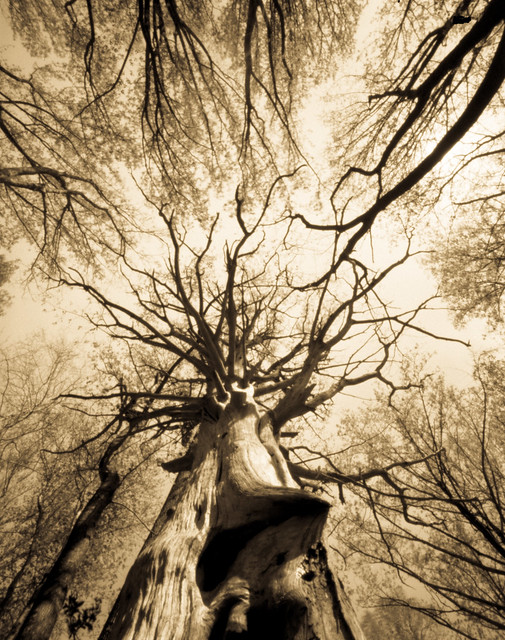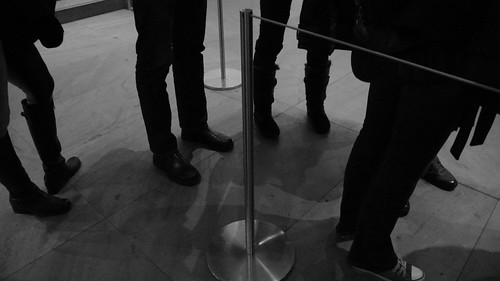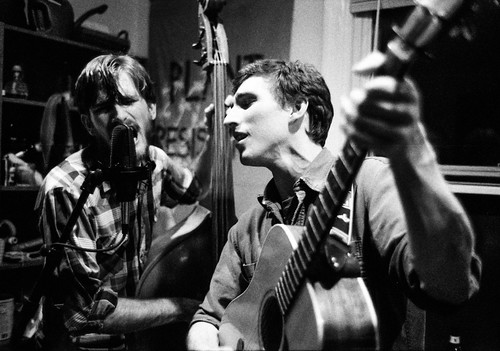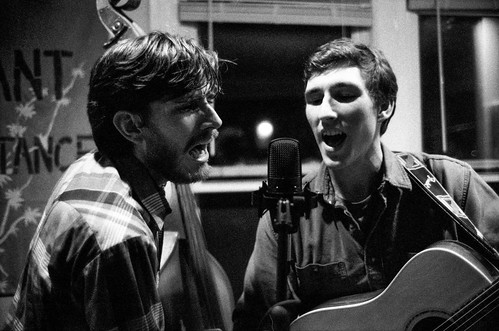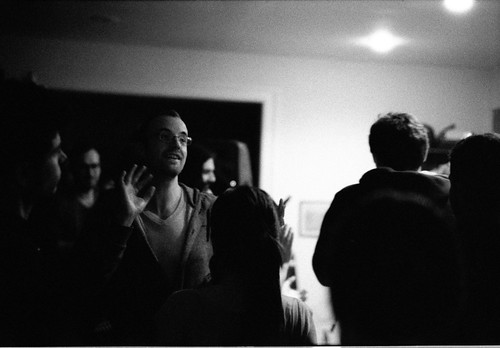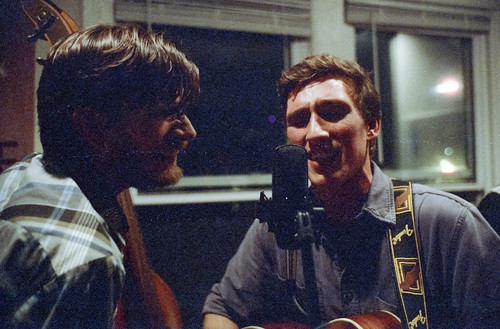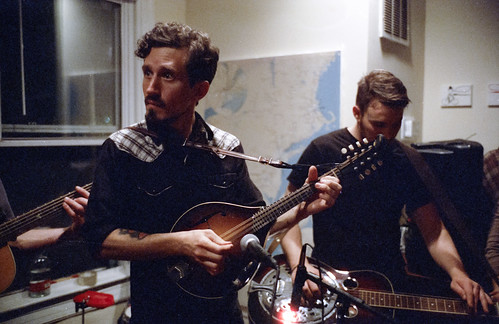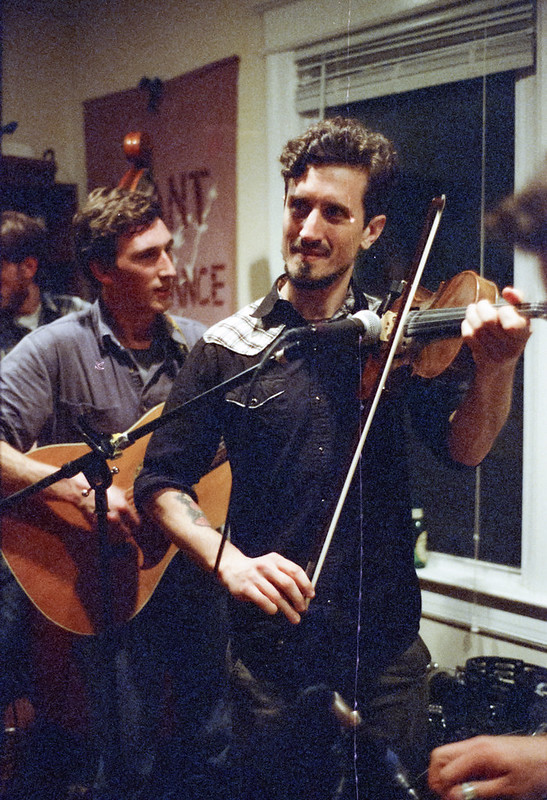I wrote some time back about a new film stock (CineStill) that I wanted to try for my low light concert photography.
(
Click Here) to read more about the film. Originally made for motion pictures, it's advertised as iso 800 nominal, pushable to 3200, and suitable for standard C-41 processing. I did not find this to be the case in my situation.
Now, let me start by saying that my opinion here is of how this film does not fit my specific shooting style and needs. That includes many variables: actual lighting characteristics of the subject I was shooting, camera, lens, exposure, film, processing, and I'm sure many others. Let me also say, however, that most of those variables (besides the film) are well-controlled. For example, I have shot the exact same camera and lens many times in low light situations like this. My processing (now consistently done through The Darkroom, at a rate of about 50-100 rolls per year) is bulletproof; I've never had bad results in any roll other than the two rolls of CineStill used in this test.
I shot CineStill at a house concert (my friends The Green Boys) in Washington, DC. Tough lighting, to be sure. Tungsten bulbs (which should have been exactly the right test case for CineStill, since it's tungsten balanced), all coming straight down from recessed lighting in the ceiling, which made for horrid shadows, and overall pretty low light levels. So, it was admittedly a tough test.
CineStill is apparently about iso 500 natively, but is marketed as having wide exposure latitude, with the ability to go to 1600 without pushing, even higher with pushing. In this case, I shot it at iso 1600, and deciding to give it the best chance of sufficient exposure, did have The Darkroom push the processing by one stop. For reference, I also shot a roll of Ilford Delta 3200 at 1600 with much better results. I'll share some of those images in a subsequent post.
Here's the best of what I got (initial color balance was way off; Lightroom helped with that):
And here's some of the worst:
In this second shot, you can see a lot of what I didn't like. First, total loss of details in the shadows. I've brought them up in Lightroom, but at great cost of noise/grain. Look at the shadows under Sean's eyes on right. Terrible. My conclusion is that shooting this film at 1600, even if you do push process, is not such a great idea.
Now notice the bright blue spot in the center - I found this, and to much worse extent, in several pictures. Inexplicable in terms of actual lights in the room.
Finally, and this is the worst part, the line of spots that go from Ryan's cheek (on left) horizontally across the image. These are places where the film emulsion is permanently marked with flow marks. I say permanent, because the folks at The Darkroom were nice enough to try cleaning them up for me, largely to no avail. In some of the shots, these liquid marks are just terrible. Again, they were processed in standard C-41 chemistry, pushed one stop as I requested.
In general, I found that the negatives had these liquid marks, and were absolute magnets for dust and particles. Sort of like the emulsion remained sticky or something. I could not get clean scans. Again, I've never had a problem near this extent with any other film stock.
Here are some more of my disappointing results with CineStill:
Lost shadows.
Liquid tracks. Notice the strange blue spots on the drummer's leg above.
And these were the most useful images selected from two 36 exposure rolls. Really.
So, at $10 per roll, I certainly won't be doing any more experiments with this film.
VERY IMPORTANT NOTE: I bought my CineStill from Freestyle (
Click Here). They were more than fair in dealing with my situation, which I appreciate very much. Buy from them with confidence.
I do know that others have gotten some gorgeous results with this film. While I'd like to know how, or how I messed up, I'm not willing to risk the cost of dollars and lost time and photo opportunity to do it.
Oh well, not all experiments yield positive results. My next set of experiments in hopes of finding a nice low light color film look will be with Fuji Natura 1600 that I picked up in Japan.
DMC-365.blogspot.com

